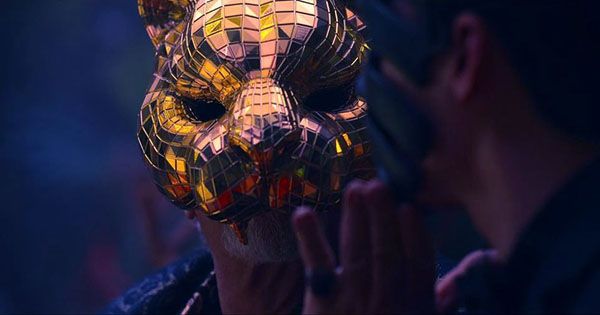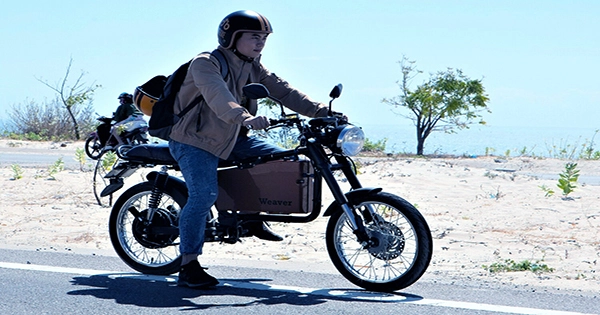If you have not seen Squid Game yet, you should stop clicking on articles with spoilers in the headline since this one will be chock-full of them. If you are reading this, we are going to presume you have seen everything and will not be offended by the plot aspects we are about to reveal. The surviving 16 players are confronted with their most diabolical task yet in episode seven of the hit Netflix series, which is saying a lot considering they were confronted with a monstrous robot doll that shoots half the players in the face in episode one. They must choose a bib in episode seven.
The bibs are numbered 1-16, which corresponds to the sequence in which they complete the following job. This is bad because your chances of surviving the next job are largely determined by the position you choose.
The bridge’s configuration is straightforward. To get to the other side, you will need to walk 18 steps. The problem is that each step will require you to choose a different pane of glass to stand on. The first is tempered glass, which can support your weight as well as the weight of others. The other is ordinary glass that, if stepped on, will shatter, sending you tumbling to your doom. Another issue is that there is a time restriction, so starting at the back may not be the best idea if those ahead of you take their time determining which pane of glass will rescue them from death (which is understandable).
The contestants would have remarked on what an interesting math problem they were facing if they had sat down and ignored the reality that many of them were about to perish (the first players are almost certain to die). Every time Player 1 makes a step, he is essentially taking a 50/50 chance. That’s (1 / 2)18, or a success rate of 0.0003815 percent. Our recommendation is to try not to think about it. Player 2 is not up against those odds, though, because player 1 has taken out an unknown. In reality, if the players played the game logically, each player had a 1/2 chance of removing not just one, but two unknowns from the next player’s hand. Even the player ahead of you has a 1/4 chance of deleting three unknowns, and so on.
In other words, they have a 100% chance of removing an unknown on the first jump, but only a 50% chance of surviving to eliminate the following unknown. So, what are your chances of crossing the bridge? Actually, if you go as close to the rear as possible, it is not too bad (hey, you are on a reality show where there can only be one survivor, so “not too bad” is relative). This is because the individuals in front of you are more likely to remove unknowns than you may imagine. If one out of every four persons makes it to their third jump (survival on that jump is unimportant here), that means one out of every four people is supplying information about three steps out of 18, and once those safe steps are known, they known forever.
If you figure it out, which many people have, you can expect each player to pass on information approximately two steps up the bridge, implying that by the time you get to play 10, they will most likely be alive. On Reddit, member SwissVictory even made a python program to effectively play out this scenario 100,000 times and put it to the test (well, not the really hard way, which involves tens of thousands of deaths).
His trials largely backed up the math, with an average of “almost exactly 9 deaths” at 9.02. It looks that the show’s game players were unlucky, and, let us be honest, we’re not playing logically.
If they played it without emotion and with perfect recollection, they would have a 75% chance of completing it through with 10 deaths or fewer, leaving only six people to face the final challenge. The fact that they only had three survivors was one of the least likely alternatives, with a chance of roughly 1.2 percent (according to SwissVictory’s test, not pure math), But what about the issue of time? Some have claimed that this is a significant factor to consider. Given the level of dread involved, it most certainly would be. With that in mind, one Redditor suggested that position 10 would be the greatest choice. However, if you can get people to think sensibly, there is no reason why you could not get players 1-9 to do their duty and die so you can figure out which tiles to step on and get across in plenty of time.
In addition, once you have found out the solution, it is only a matter of stepping across, which should not take long. The ideal option is still to take the last available position so that more individuals ahead of you have provided you with information about the steps ahead of you by dying terribly in your place. Everyone has a good squid gaming day.
















